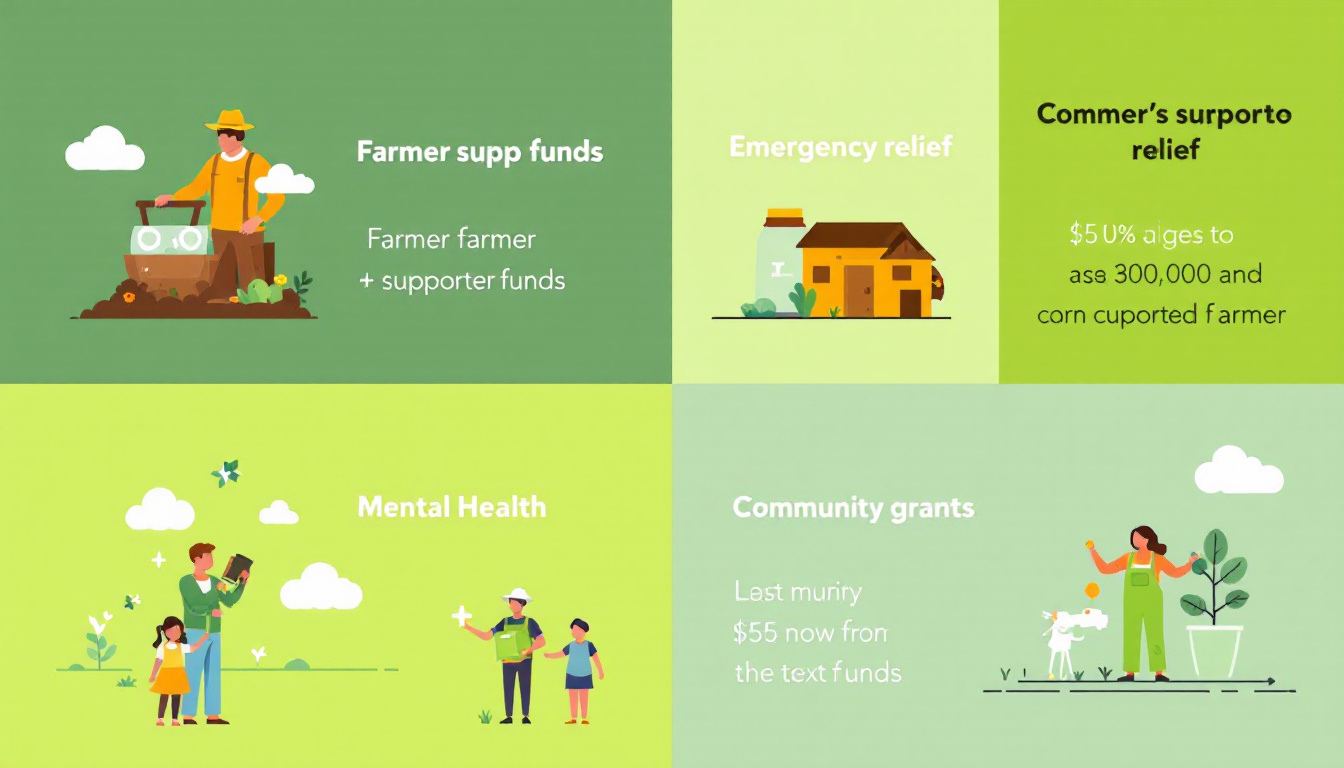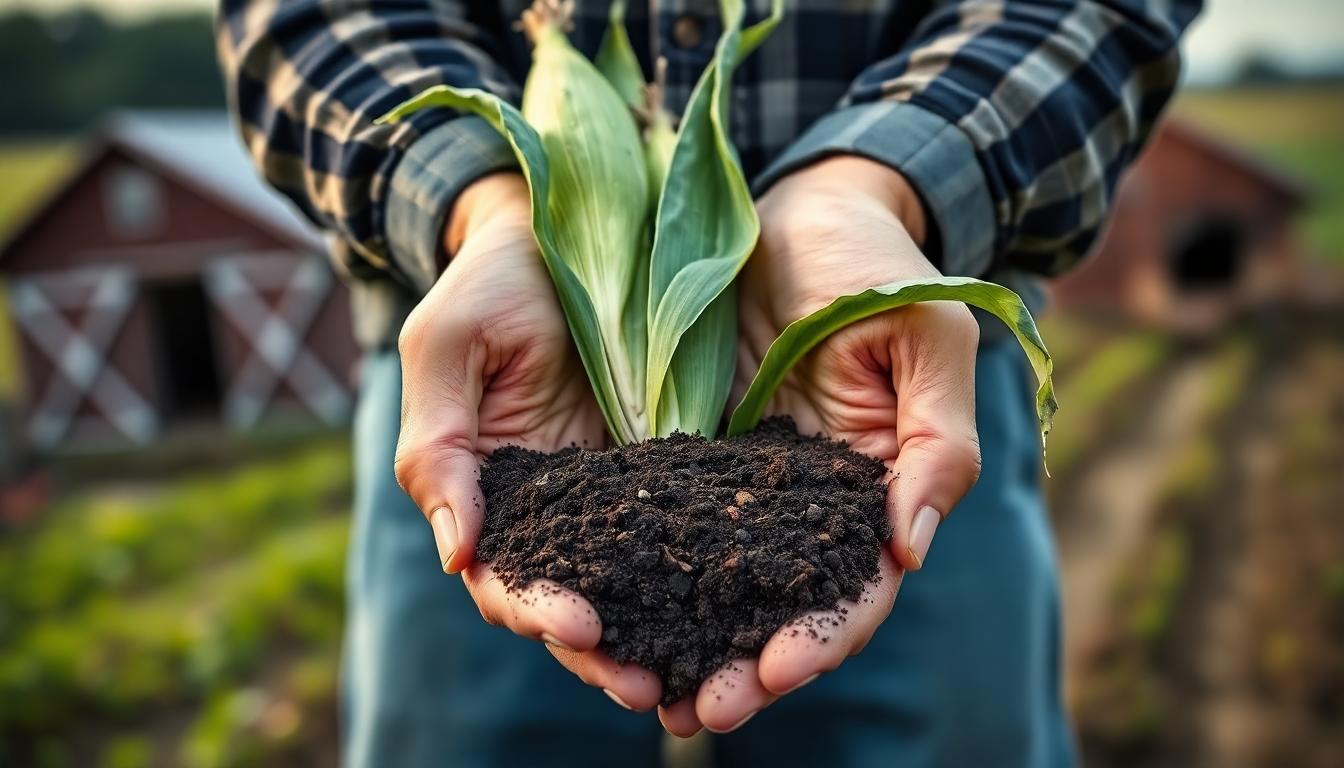Farm Aid marked its 40th year with a concert dedicated to supporting family farmers. Here is what Farm Aid funds, why the need is urgent, and simple ways fans can keep the momentum going after the music fades.
Quick takeaways:
- Farm Aid 40 raised funds to help family farmers with financial, legal, and mental health support.
- Grants and services focus on crisis relief, farm advocacy, and sustainable agriculture programs.
- You can donate, volunteer, or shop from local producers to keep support flowing year-round.
- Weather shocks, pricing pressure, and debt loads keep many farms on the edge.
Why Farm Aid still matters at 40
Farming is capital intensive, seasonal, and vulnerable to weather and market swings. A bad season can strain cash flow and debt. Over time, those shocks compound. Farm Aid works to bridge gaps with direct relief, hotlines, and legal resources, while promoting policies that help farms stay independent.
After four decades, the mission is the same: keep family farms viable, protect rural communities, and support sustainable practices that feed people well.
Where the money goes
- Emergency grants. Help with essentials after crop loss, equipment failure, or medical crises.
- Hotline and legal aid. Guidance on debt, contracts, land access, and disaster programs.
- Mental health resources. Counseling referrals and peer support networks for farmers under stress.
- Advocacy and education. Support for policies that strengthen local markets and soil health.

How fans can help year-round
- Donate. One-time or monthly gifts keep hotlines and grants active between concert seasons.
- Volunteer. Join local food and farm groups, co-ops, or food bank gleaning programs.
- Buy local. Farmers markets, CSAs, and independent grocers keep dollars in farm communities.
- Spread the word. Share resources with farmers in your network who might need help.
- Advocate. Support policies that strengthen farm income, land access, and disaster resilience.
Why the need is urgent
Farmers face narrow margins while costs rise for fuel, seed, and equipment. Extreme weather adds risk that insurance does not always cover. Market concentration can squeeze prices at the farm gate. For new farmers, access to affordable land and credit is a constant hurdle.
In this landscape, timely grants, legal guidance, and mental health support can mean survival. Farm Aid’s network helps farmers stabilize and plan for the next season.

What to watch next
- Grant reports. Look for updates on how Farm Aid allocates funds across states and programs.
- Partnerships. Collaborations with universities, co-ops, and lenders can expand services.
- Local impact stories. Profiles of farmers who stabilized operations with emergency support.
How to get help
If you are a farmer in need, visit Farm Aid’s official site for hotline numbers, grant information, and legal resources. Keep records of losses, invoices, and communications; they help speed support.
Farm Aid 40 is a celebration with a purpose. The concert lifts spirits; the funds lift families. If you care about healthy food and thriving rural communities, consider donating, volunteering, and buying local all year.
To contact us click Here .

